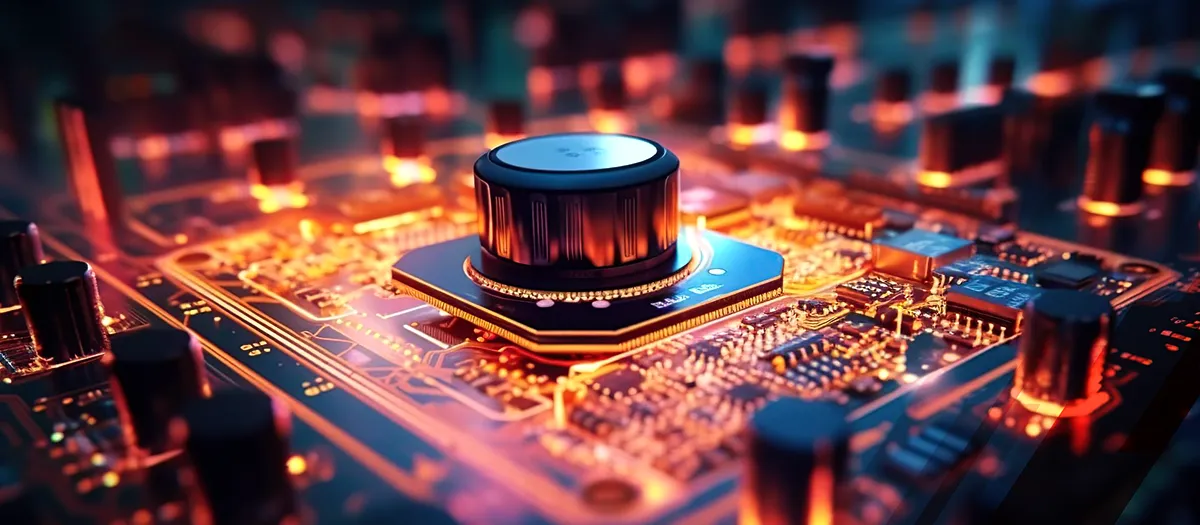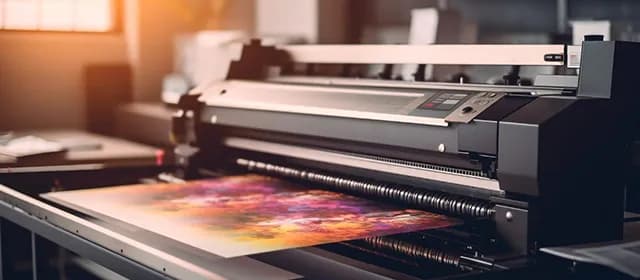From taking pictures with phone cameras boasting high megapixel counts to powering MP3 players for playing music, supercapacitors are all over the place. These special capacitors have become a game-changer in modern technology. They have changed how energy is stored and used in several industries.
So, let's take a closer look at these capacitors and see how they are used in different fields.
What is a Supercapacitor?
A supercapacitor (SC), or ultracapacitor, is a high-capacity capacitor that fills the gap between rechargeable batteries and electrolytic capacitors. It has a much higher capacitance value than solid-state capacitors but lower voltage limits.
SCs typically store 10 to 100x more energy per unit volume or mass compared to electrolytic capacitors. It can accept & deliver charges much quicker than batteries and tolerate many more charge and discharge cycles than rechargeable batteries.
How Does a Supercapacitor Work?
SCs are similar to capacitors but have a larger area of plates and a smaller distance between them. The plates are metallic and soaked in electrolytes, separated by a very thin insulator. When the plates are charged, an electric double layer is created, resulting in an ultracapacitor with greater capacitance. This allows for faster and simpler charging, as well as faster delivery of charge compared to batteries.
SCs can be used in a broad range of applications because they act as a bridge between batteries and capacitors. There is a proven demand for SCs in transportation. As per Kings Research's recent report, the global supercapacitor market is estimated to generate revenue of $20.12 billion by 2030, growing at a robust compound annual growth rate (CAGR) of 19.68% from 2023 to 2030.
Supercapacitor vs. Battery: What’s the Difference?
SCs and batteries each possess distinct advantages and are often used together as an ideal energy storage system for many applications. Below are the key differences between them:
Battery
- Batteries have a higher specific energy and can provide approximately 10 times more energy.
- Batteries, like lithium-ion batteries, store energy via chemical reactions.
- Batteries have a higher energy density, meaning they can store more energy per unit mass.
- Batteries are more suitable for storing large amounts of energy over long periods.
Supercapacitor
- SCs have a higher specific power and can deliver energy approximately 10 times quicker than batteries.
- SCs store the energy as an electric charge.
- SCs have a higher power density, allowing them to store and release more short-term power.
- SCs are the best for storing and releasing large amounts of power more quickly.
Top 3 Types of Supercapacitors You Need to Know About
The main three types of SCs are listed below.
1. EDLCs
Electrostatic double-layer capacitors (EDLCs) consist of two electrodes, a separator, and an electrolyte. The carbon electrodes or their derivatives used in these SCs have an incredibly high electrostatic double-layer capacitance. The charge separation in these capacitors is smaller than that in typical capacitors, generally ranging between 0.3 and 0.8 nm.
2. Pseudo Capacitors
Pseudo capacitors utilize an electrode exhibiting a significant amount of pseudocapacitance combined, along with an electrode featuring a high amount of double-layer capacitance. This combination provides high-specific energy and high-specific power.
3. Hybrid-Type Supercapacitors
All commercial hybrid supercapacitors are asymmetric, combining the features of both EDLCs and pseudo-capacitors. These SCs offer advantages such as higher specific capacitance values, a higher rated voltage, and correspondingly higher specific energy.
Key Applications of Supercapacitors
SCs are utilized in several applications across various domains. Below are the major applications of SCs:
- Electric Vehicles
SCs play a significant role in electric vehicles (EVs) by providing rapid energy storage and release capabilities. They are commonly used in regenerative braking systems to quickly store and discharge electricity, capturing energy generated during braking and releasing it upon acceleration.
For example, in fuel-cell-based cars like the Toyota FCHV, SCs deliver auxiliary accelerative power that hydrogen fuel cells struggle to provide alone. With their potential, SCs will be an important part of the next-generation electric cars and the charging infrastructure to support them.
- Wind Turbines
In wind energy applications, SCs are utilized to provide power for blade pitch control. They are crucial in quickly driving the blades to a safe position in the event of turbine or power converter failure, preventing mechanical damage. This demonstrates the importance of SCs in ensuring the safe and efficient operation of wind turbines.
Companies like Maxwell Technologies are leveraging the benefits of SCs in the energy sector. Maxwell supercapacitors complement primary energy sources like internal combustion engines, fuel cells, and batteries, making them a powerful alternative energy resource.
- Photographic Flash
SCs are utilized in photographic flash applications due to their ability to quickly store and discharge energy. They provide the high-intensity flash required in medium- to low-light conditions to ensure good picture quality for cameras. It is usually found in phones with more than 2-megapixel cameras.
SCs help address the power issues associated with high-resolution cameras and their flash requirements, ensuring optimal performance in capturing images. Various smartphone manufacturing companies, like Samsung, Google, and Apple, use SCs for their higher-resolution cameras.
- MP3 Players
SCs are also used in low-power applications where a high capacity is not imperative, but a long life cycle or quick recharging is important. This includes applications such as MP3 players, where a constant voltage source is needed to retain information. SCs are well-suited for providing the necessary power support and quick recharging capabilities for such devices.
Bottom Line
Supercapacitors have emerged as indispensable components in a wide range of applications, demonstrating their versatility and efficiency in modern technology. With the ability to rapidly store and discharge energy, these capacitors have found their presence in diverse fields. From consumer electronics such as MP3 players and high-megapixel cameras to electric vehicles and turbines, SCs play a vital role in various domains.
As ongoing research and development continue to enhance the performance and capabilities of SCs, these innovative energy storage devices are poised to play a pivotal role in shaping the future of energy efficiency and technological advancement across various industries.




